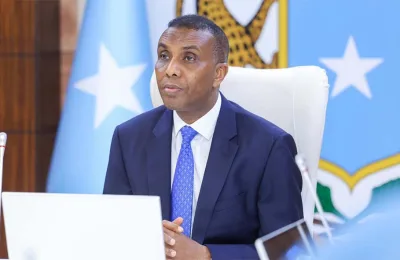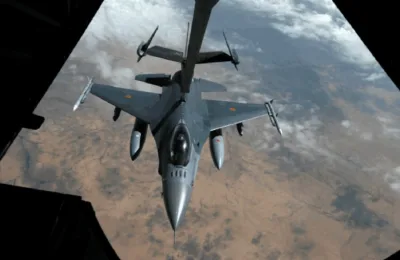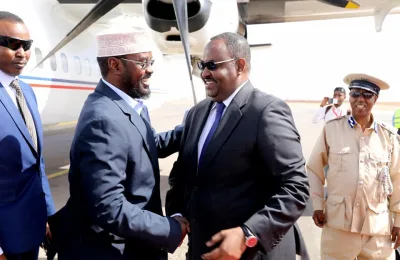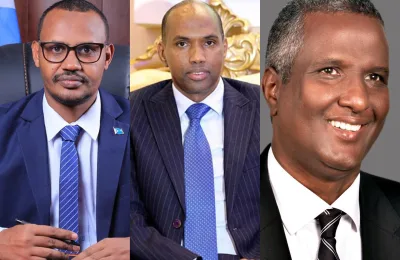Although Uganda is the largest troop-contributing country to the AMISOM peacekeeping force, experts say all foreign…

Although Uganda is the largest troop-contributing country to the AMISOM peacekeeping force, experts say all foreign armies should withdraw from Somalia and allow local forces to take the charge of maintaining peace and security.
Ugandan President Yoweri Museveni has threatened to withdraw his troops from the African Union Mission in Somalia (AMISOM) if the United Nations insists on reducing the number of troops involved in the mission.
The threat comes after the UN Security Council, in Resolution 2372 of 2017, proposed a phased drawdown of peacekeepers in Somalia with a full pull out by 2020, citing declining and irregular funding. Uganda is the largest troop-contributing country to AMISOM, with more than 6,400, of the total 21,626 soldiers.
AMISOM is a peacekeeping mission comprised of forces from Uganda, Burundi, Kenya, Sierra Leone, Ethiopia, Djibouti.
Following Museveni’s threat to withdraw troops, several people took to social media to express their criticism.
Last year the African Union (AU) called on Burundi to reduce its peacekeeping force in Somalia by a thousand troops under a progressive pullout from the country. Burundi rejected the plan and threatened to completely pull out of AMISOM in the face of waning financial and diplomatic support.
Burundian troops in AMISOM are a source of hard currency for the country, and the government receives $18 million from the AU quarterly as compensation for the soldiers.
AMISOM also pays each soldiers $1,028 per month, $200 of which is deducted by their respective governments for administrative costs.
In 2016, Kenya also threatened to withdraw its troops from Somalia if the United Nations did not offer funding to support the mission.
Speaking to TRT World, Somali politician and the first woman to run for the position of president of Somalia, Fadumo Qasim Dayib, said the AMISOM troops should withdraw from Somalia and allow the local military to take the charge of security and peacekeeping.
“AMISOM which currently has more than 22,000 troops, of which Uganda has the highest numbers estimated at 6,400 troops, has been ‘peacekeeping’ for more than 12 years. Their presence hasn’t led to the eradication of Al Shabab in the rural as well as in the urban areas of Somalia,” Dayib said.
On the contrary, she added: “It boosted their recruitment drive because of the rampant human rights violations, especially sexual violence, committed by AMISOM.”
Dayib said Somalia has become a “money-making machine for some of the troop contributing countries”, insisting that the time has come for “a proper drawdown” to be implemented as per the UN resolutions.
Dayib also said that human rights abuse at the hands of AMISOM is happening despite “heavy investment by the international community and often at the expense of the SNA [Somali National Army]”.
“America is estimated to have paid more than $900M to AMISOM and an additional $720M to the UN. Just in 2016 alone, the EU paid $23M per month to AMISOM and $35M to the training mission. A mission that trains SNA without firearms,” she said.
Somali security forces are currently being trained by AMISOM, Turkey and the EU. The US military Africa Command also provides logistical training and equipment donations to the SNA
On training and remuneration of the SNA, Dayib said SNA troops, who currently receive $100 per month, should be remunerated at the same level as AMISOM troops ($822 per month).
“In addition, they must be properly trained, retained and equipped. This isn’t happening as AMISOM is competing with them for the same resources. Uganda is threatening to pull out all its contingent if they’re asked to reduce their numbers. This same threat was issued by the Burundians. This would mean 7, 400 troops out of the 22,000 troops.”
Dayib added: “These threats are being issued at a time when AMISOM’s current mandate is expected to end in May 2019. I think the full withdrawal of Ugandan and Burundian troops would be in line with UNSCR 2372. Perhaps their withdrawal will finally pave the way for SNA.”
It remains to be seen, however, if the UN and AU will have a change of heart in scaling down the AMISOM troops, following the pull-out threats made by the contributing countries. There are also fears that the reduction in troops could give Al Shabab an advantage to rebuild, recruit and restructure. Al Shabab still controls large parts of southern and central Somalia, and continues to carry out high-profile attacks in the capital Mogadishu and elsewhere.
One of the deadliest terror attacks in Somalia’s history was carried out on October 14 2017, when more than 500 people were killed in twin vehicle bombings at a busy intersection during rush hour. Buses of children were blown up along with a whole city block that was lined with new homes and offices. While Al Shabab did not formally claim responsibility for the massacre—since doing so would likely turn too many people against the group—the government accused the terror group of committing the heinous act.
Michael Keating, the then UN special envoy to Somalia, called the attack “revolting”.
The US mission to Somalia said: “Such cowardly attacks reinvigorate the commitment of the United States to assist our Somali and African Union partners to combat the scourge of terrorism.”
Al Shabab has been fighting to overthrow the Somali government and impose a strict version of Sharia, or Islamic law.
Somali officials maintain that the country has made progress and that it’s in a better position to expand its security operations in most of the country.
The signs on the ground are grim, however, with Al Shabab showing the ability to strike at will.
Source: TRT World







